Planning a 2-week trip to Italy doesn’t have to break the bank; with SIXT.VN, you can explore Italy’s beauty without financial stress. We offer consulting services, airport transfers, hotel booking, sightseeing tickets, flight booking, and Hanoi tours, all designed to provide a seamless and affordable travel experience. Consider a well-planned itinerary, affordable accommodations, and smart spending habits for an unforgettable Italian adventure.
1. Understanding the Costs: A 2-Week Italian Adventure
Yes, a 2-week trip to Italy can range from $2,000 to $6,000+ per person, depending on your travel style, accommodation preferences, and activities, so budgeting is key. According to a 2023 report by the Italian National Tourist Board, the average tourist spends around €1,135 (approximately $1,250) per week in Italy. This figure includes accommodation, food, transportation, and activities. Remember that the type of accommodation and your daily activities can cause this cost to vary significantly. With SIXT.VN, our goal is to provide options that meet your needs while staying within your budget.
1.1. Flights: Getting to Italy
How much are flights to Italy? Round-trip flights from North America to Italy typically range from $600 to $1,200, depending on the season and booking time. Peak season (June-August) tends to be the most expensive. Flying during the shoulder season (April-May and September-October) can offer better deals. Booking in advance (3-6 months) and being flexible with your travel dates can also help reduce costs. For example, according to Skyscanner, flying mid-week (Tuesday or Wednesday) is often cheaper. SIXT.VN can assist you in finding the best flight deals, ensuring you start your Italian adventure without breaking the bank.
1.2. Accommodation: Where to Stay
What are the accommodation options and their costs in Italy? Accommodation costs vary widely. Hostels can cost $30-$50 per night, budget hotels $80-$150, mid-range hotels $150-$300, and luxury hotels $300+. Airbnb is another option, with prices ranging from $70 to $200+ per night for an entire apartment. Staying in smaller towns or outside city centers can significantly reduce costs. Consider what amenities you need and how much time you plan to spend in your room. According to Booking.com, apartments and guesthouses are popular among budget travelers. SIXT.VN can help you find the perfect accommodation to fit your budget and preferences, from cozy B&Bs to luxury hotels.
1.3. Transportation: Getting Around Italy
What are the transportation costs in Italy? Italy has an efficient transportation system. High-speed trains are convenient for traveling between major cities, with tickets ranging from $40 to $100+ per trip. Regional trains are cheaper but slower. Local transportation, such as buses and metros, typically costs $1.50-$3 per ride. A 7-day travel pass can be a cost-effective option in larger cities. Renting a car offers flexibility but can be expensive, costing $30-$60+ per day, including gas and tolls. According to Trenitalia, booking train tickets in advance can save you money. SIXT.VN can help you plan your transportation, whether it’s train tickets, rental cars, or airport transfers.
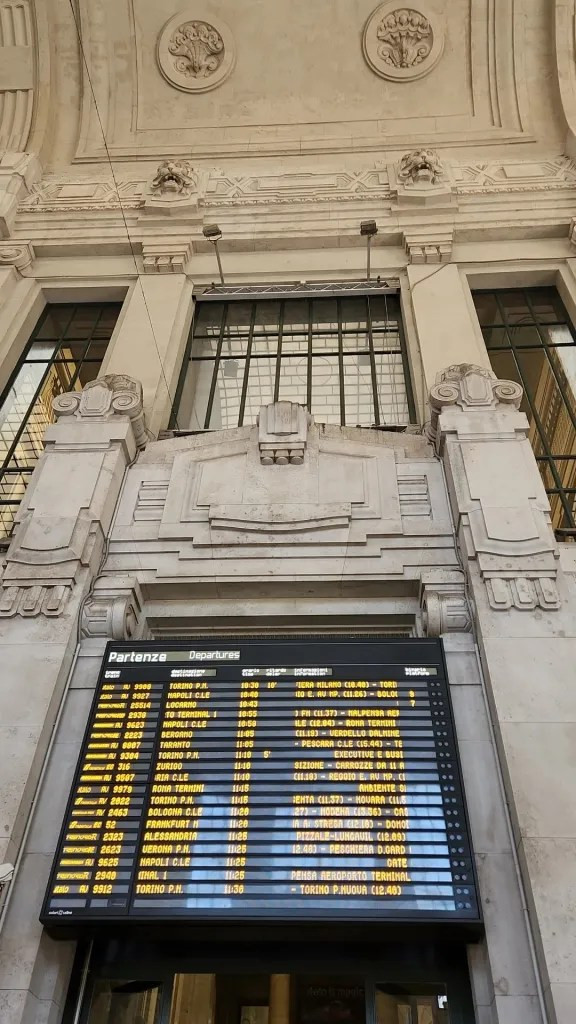 High speed train in Italy with scenic countryside
High speed train in Italy with scenic countryside
1.4. Food and Drinks: Savoring Italian Cuisine
How much should I budget for food and drinks in Italy? Food costs can range from $30 to $100+ per day, depending on your dining choices. Eating at local trattorias and pizzerias is more affordable than dining at touristy restaurants. A simple lunch can cost $15-$25, while a dinner at a mid-range restaurant can cost $30-$50. Drinking tap water is free and safe, saving money on bottled water. Happy hour aperitivos offer free snacks with drinks. According to a survey by Statista, tourists spend an average of €30 (approximately $33) per day on food in Italy. SIXT.VN can recommend the best local eateries and hidden gems, ensuring you enjoy authentic Italian cuisine without overspending.
1.5. Activities and Entrance Fees: Exploring Italy’s Treasures
What are the costs of activities and entrance fees in Italy? Entrance fees to popular attractions can add up. The Colosseum and Roman Forum cost around $30, the Uffizi Gallery in Florence around $25, and the Vatican Museums around $35. Many churches and public squares are free to visit. Consider purchasing a city pass for discounted access to multiple attractions. Look for free walking tours to learn about the city’s history and culture. According to TripAdvisor, booking tours and activities in advance can often save you money. SIXT.VN can help you plan your itinerary and book tickets in advance, ensuring you don’t miss out on Italy’s iconic landmarks.
1.6. Miscellaneous Expenses: Hidden Costs to Consider
What are some miscellaneous expenses to consider when traveling to Italy? Don’t forget to budget for souvenirs, tips, laundry, and unexpected expenses. A small souvenir can cost $5-$20, while a higher-end item can cost $50+. Tipping is not mandatory in Italy but is appreciated for good service (5-10%). Laundry services can cost $15-$30 per load. It’s always wise to have a buffer for unexpected costs like medical expenses or lost items. According to a survey by Allianz Global Assistance, travelers often underestimate miscellaneous expenses by 20%. SIXT.VN can offer advice on managing your spending and help you prepare for any unforeseen circumstances.
2. Sample Budgets for a 2-Week Trip to Italy
Here are three sample budgets to give you an idea of how much a 2-week trip to Italy might cost, depending on your travel style:
2.1. Budget Traveler: $2,000 – $3,000 per person
- Flights: $700
- Accommodation: Hostels or budget hotels ($40-$70 per night) = $560-$980
- Transportation: Trains and local transport = $300
- Food and Drinks: Eating at affordable eateries ($30 per day) = $420
- Activities: Free attractions and a few paid sites ($100)
- Miscellaneous: Souvenirs and tips ($100)
2.2. Mid-Range Traveler: $3,000 – $5,000 per person
- Flights: $900
- Accommodation: Mid-range hotels or Airbnb ($100-$200 per night) = $1,400-$2,800
- Transportation: Trains and occasional taxis = $500
- Food and Drinks: Mix of restaurants and cafes ($60 per day) = $840
- Activities: Several paid attractions and tours ($300)
- Miscellaneous: Souvenirs and tips ($200)
2.3. Luxury Traveler: $5,000+ per person
- Flights: $1,200
- Accommodation: Luxury hotels ($300+ per night) = $4,200+
- Transportation: Private transfers and high-speed trains = $800
- Food and Drinks: Fine dining experiences ($100+ per day) = $1,400+
- Activities: Private tours and exclusive experiences ($500+)
- Miscellaneous: Souvenirs and personal shopping ($500+)
3. How to Save Money on Your Trip to Italy
Traveling to Italy doesn’t have to be expensive. Here are several strategies to help you save money without sacrificing the quality of your experience. From smart booking tips to choosing affordable activities, these tips will ensure your Italian adventure remains within budget.
3.1. Travel During the Off-Season
Why is traveling during the off-season a good idea? Traveling during the off-season (November to March, excluding holidays) can save you money on flights and accommodations. The weather may be cooler, but the crowds are smaller, and prices are lower. According to the Italian National Tourist Board, hotel rates can be up to 50% lower during the off-season.
3.2. Book Flights and Accommodation in Advance
How far in advance should I book my flights and accommodation? Booking flights and accommodation 3-6 months in advance can often secure better deals. Use travel comparison websites to find the best prices. Consider booking refundable rates in case your plans change. Skyscanner and Kayak are excellent resources for comparing flight prices, while Booking.com and Airbnb offer a wide range of accommodation options.
3.3. Consider Alternative Accommodation Options
What are some alternatives to traditional hotels? Hostels, guesthouses, and Airbnb can be significantly cheaper than hotels. Hostels are great for solo travelers, while Airbnb offers more space and amenities for families or groups. Staying in smaller towns or outside city centers can also save money. According to Hostelworld, hostels in Italy average around $30 per night.
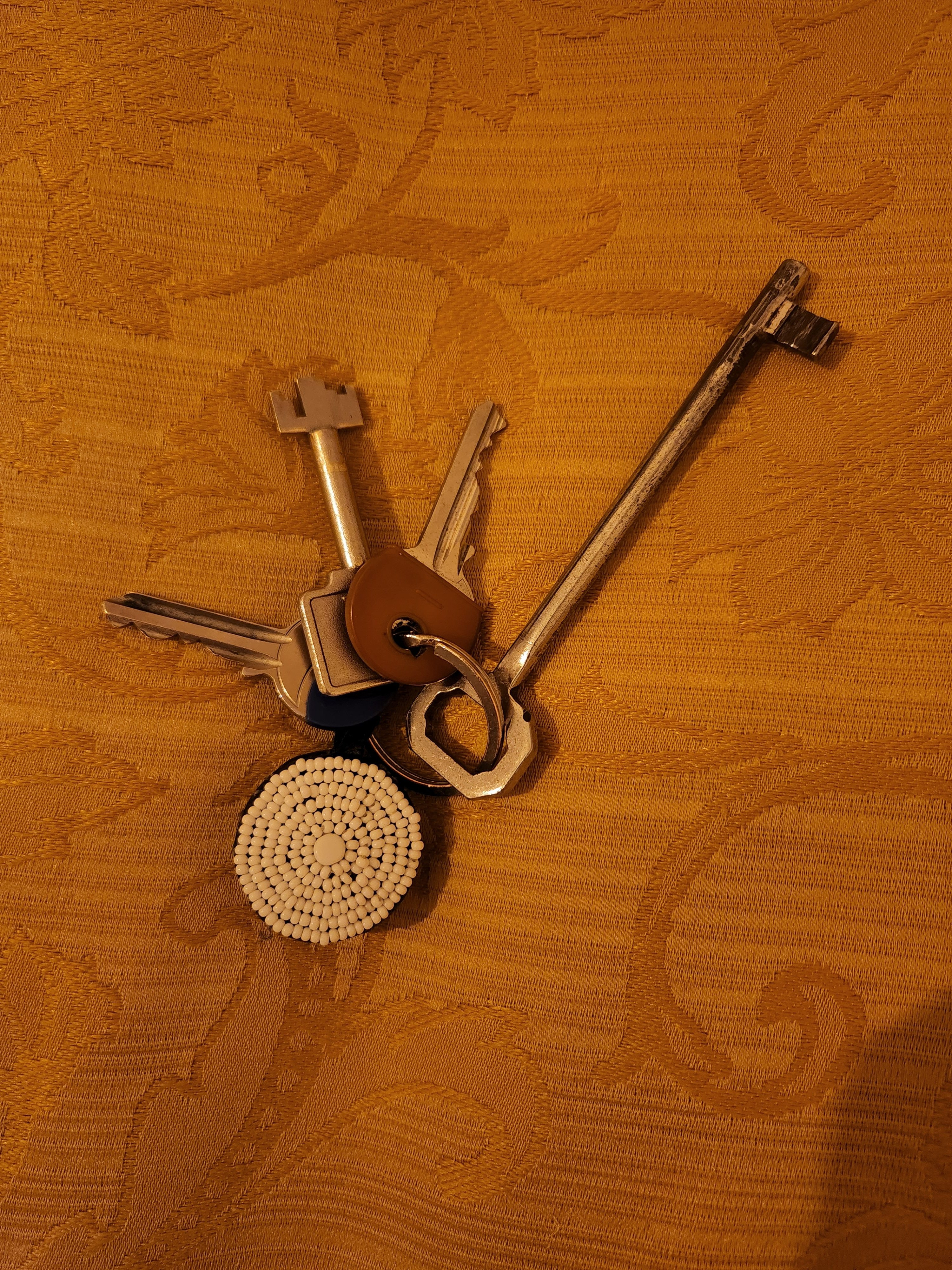 Venice Room Keys, showcasing budget accomodations
Venice Room Keys, showcasing budget accomodations
3.4. Utilize Public Transportation
Why should I use public transportation in Italy? Public transportation in Italy is efficient and affordable. Trains and buses are a cost-effective way to travel between cities and within them. Consider purchasing a travel pass for unlimited rides. Walking is also a great way to explore cities and save money. According to Trenitalia, booking train tickets in advance can save you up to 40%.
3.5. Eat Like a Local
How can I save money on food while still enjoying Italian cuisine? Eating at local trattorias, pizzerias, and markets is more affordable than dining at touristy restaurants. Look for “menu del giorno” (daily menu) for discounted lunch options. Buy groceries and prepare some of your own meals. Take advantage of happy hour aperitivos for free snacks with drinks. According to a survey by Statista, tourists spend an average of €30 (approximately $33) per day on food in Italy.
3.6. Take Advantage of Free Activities
What free activities are available in Italy? Many churches, public squares, and parks are free to visit. Look for free walking tours to learn about the city’s history and culture. Visit museums on free admission days. Enjoy the beautiful scenery and people-watching. According to TripAdvisor, free walking tours are a great way to explore a city on a budget.
3.7. Purchase a City Pass
What are the benefits of purchasing a city pass? City passes offer discounted access to multiple attractions, saving you money on entrance fees. They often include free public transportation. Research which pass best suits your itinerary. Popular city passes include the Roma Pass in Rome and the Firenze Card in Florence.
3.8. Pack Light
Why is it important to pack light? Packing light can save you money on checked baggage fees. It also makes it easier to navigate public transportation and walk around cities. Choose versatile clothing items that can be mixed and matched. According to a survey by Expedia, baggage fees can add up to $100+ per round trip.
3.9. Avoid Tourist Traps
How can I avoid tourist traps? Tourist traps are overpriced and often offer a subpar experience. Avoid eating at restaurants near major attractions. Shop at local markets and boutiques. Be wary of street vendors selling counterfeit goods. According to a survey by the Italian Consumer Protection Agency, tourist traps can overcharge by up to 50%.
3.10. Learn Basic Italian Phrases
Why is it helpful to learn basic Italian phrases? Learning basic Italian phrases can enhance your travel experience and help you interact with locals. It can also help you get better deals and avoid misunderstandings. Simple phrases like “Buongiorno” (Good morning), “Grazie” (Thank you), and “Quanto costa?” (How much does it cost?) can go a long way. According to a study by Babbel, learning a few basic phrases in the local language can improve your travel experience by 25%.
4. Planning Your 2-Week Italy Itinerary
With careful planning, you can maximize your time and enjoy a diverse range of experiences. From the romantic canals of Venice to the historical landmarks of Rome and the artistic treasures of Florence, a well-thought-out itinerary ensures you make the most of your Italian adventure.
4.1. Venice (3 Days)
What should I see and do in Venice?
- Day 1: Explore St. Mark’s Square, visit St. Mark’s Basilica, and climb the Campanile for panoramic views.
- Day 2: Take a gondola ride, visit Doge’s Palace, and explore the Rialto Market.
- Day 3: Visit the islands of Murano and Burano, known for their glassblowing and colorful houses.
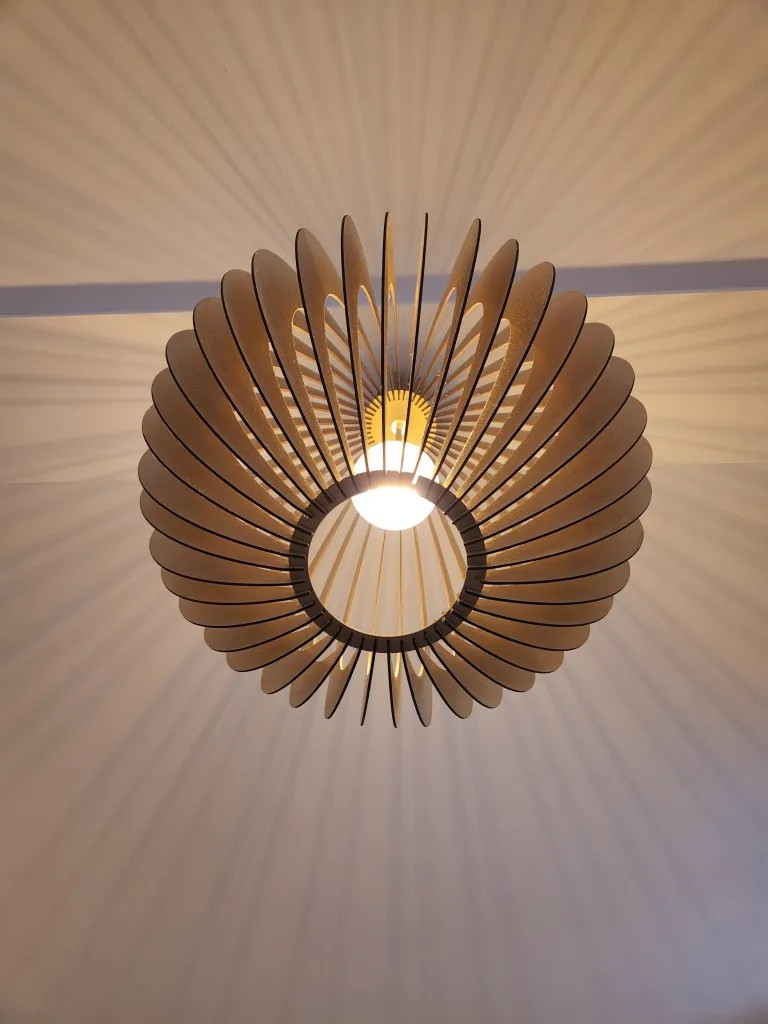 Venice Room Light, accentuating the ambiance of a budget stay
Venice Room Light, accentuating the ambiance of a budget stay
4.2. Florence (3 Days)
What are the must-see attractions in Florence?
- Day 1: Visit the Uffizi Gallery, see Michelangelo’s David, and stroll across the Ponte Vecchio.
- Day 2: Climb the Duomo, explore the Boboli Gardens, and visit the Pitti Palace.
- Day 3: Take a day trip to the Leaning Tower of Pisa or explore the Tuscan countryside.
4.3. Rome (4 Days)
What are the best things to see and do in Rome?
- Day 1: Visit the Colosseum and Roman Forum, explore Palatine Hill, and see the Arch of Constantine.
- Day 2: Visit Vatican City, see St. Peter’s Basilica, and explore the Vatican Museums.
- Day 3: Toss a coin in the Trevi Fountain, visit the Pantheon, and explore Piazza Navona.
- Day 4: Visit the Borghese Gallery and Gardens, explore the Catacombs, and see the Appian Way.
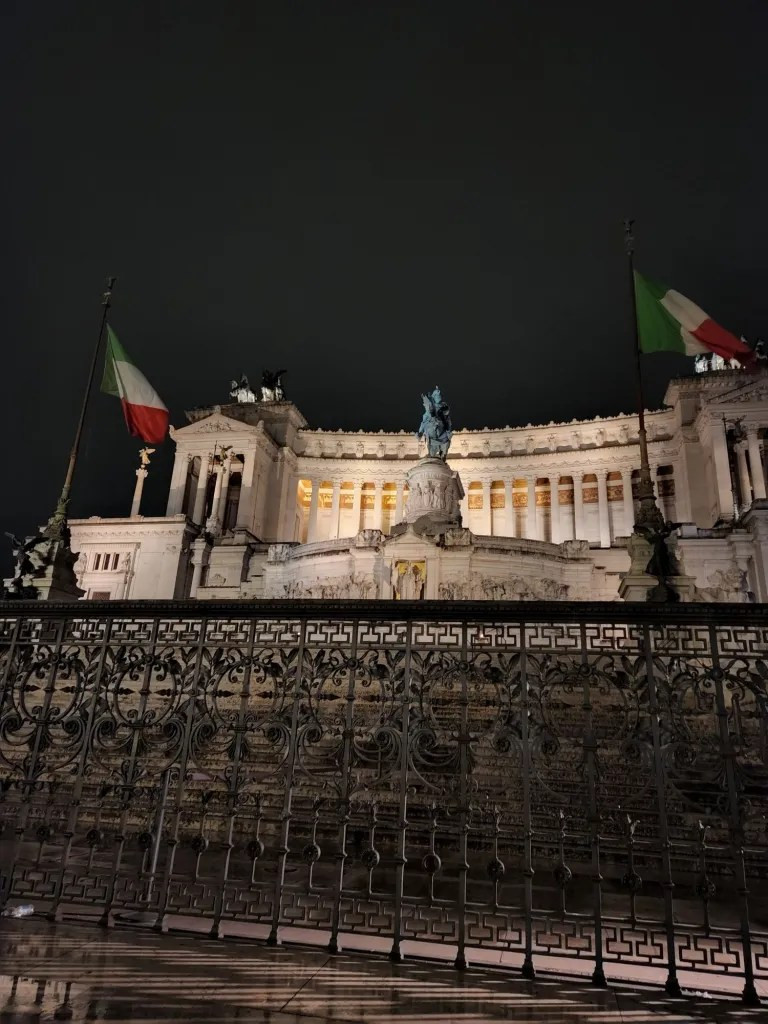 Monument to Victor Emmanuel II Rome, Italy, displaying the architectural heritage
Monument to Victor Emmanuel II Rome, Italy, displaying the architectural heritage
4.4. Milan (2 Days)
What should I include in my Milan itinerary?
- Day 1: Visit the Duomo, explore the Galleria Vittorio Emanuele II, and see the Teatro alla Scala.
- Day 2: Visit the Sforza Castle, explore the Brera district, and see Leonardo da Vinci’s The Last Supper.
4.5. Cinque Terre (2 Days)
What are the highlights of Cinque Terre?
- Day 1: Hike between the villages of Monterosso, Vernazza, Corniglia, Manarola, and Riomaggiore.
- Day 2: Relax on the beach, take a boat tour, and enjoy the local seafood.
5. Essential Tips for Traveling in Italy
5.1. Learn Basic Italian Phrases
Why is learning Italian beneficial for travelers? Knowing a few basic Italian phrases can greatly enhance your travel experience. Locals appreciate the effort, and it can help you navigate situations more smoothly. Simple greetings, directions, and basic shopping phrases can be very useful.
5.2. Dress Appropriately
What is the appropriate attire for visiting religious sites in Italy? When visiting churches and religious sites, dress modestly. Avoid wearing shorts, sleeveless tops, and revealing clothing. It’s a sign of respect and may be required for entry.
5.3. Be Aware of Pickpockets
How can I protect myself from pickpockets in Italy? Pickpockets are common in touristy areas. Keep your valuables secure and be aware of your surroundings. Use a crossbody bag or money belt. Avoid keeping your wallet in your back pocket.
5.4. Validate Your Train Tickets
Why is it important to validate train tickets in Italy? Before boarding a train, validate your ticket at the machines located at the station. Failure to do so can result in a fine.
5.5. Try Local Cuisine
What are some must-try Italian dishes? Italy is known for its delicious cuisine. Try local specialties like pasta carbonara, pizza margherita, gelato, and tiramisu. Don’t be afraid to venture off the beaten path and try regional dishes.
5.6. Stay Connected
What are the best ways to stay connected to the internet in Italy? Consider purchasing a local SIM card or using a portable Wi-Fi device to stay connected to the internet. Many cafes and restaurants offer free Wi-Fi, but it may not always be reliable.
5.7. Be Prepared for Crowds
How can I avoid crowds at popular attractions in Italy? Italy is a popular tourist destination, so be prepared for crowds, especially during peak season. Visit popular attractions early in the morning or later in the afternoon to avoid the biggest crowds.
5.8. Respect Local Customs
What are some important customs to respect in Italy? Italians are generally polite and respectful. Greet people with a “Buongiorno” or “Buonasera.” Avoid talking loudly in public places. Tip for good service.
6. Booking Your Trip with SIXT.VN
Planning your trip to Italy with SIXT.VN ensures a seamless and stress-free experience. We offer a range of services tailored to meet your needs, from airport transfers to guided tours. Discover how we can help you create the perfect Italian adventure.
6.1. Airport Transfers
Why should I book an airport transfer with SIXT.VN? Start your trip off right with a comfortable and reliable airport transfer. SIXT.VN offers airport transfers to and from all major airports in Italy. Our professional drivers will ensure you arrive at your destination safely and on time.
6.2. Hotel Booking
How can SIXT.VN help me find the perfect hotel in Italy? SIXT.VN can help you find the perfect hotel to fit your budget and preferences. We partner with a wide range of hotels, from budget-friendly options to luxury accommodations. Our team can provide personalized recommendations based on your needs.
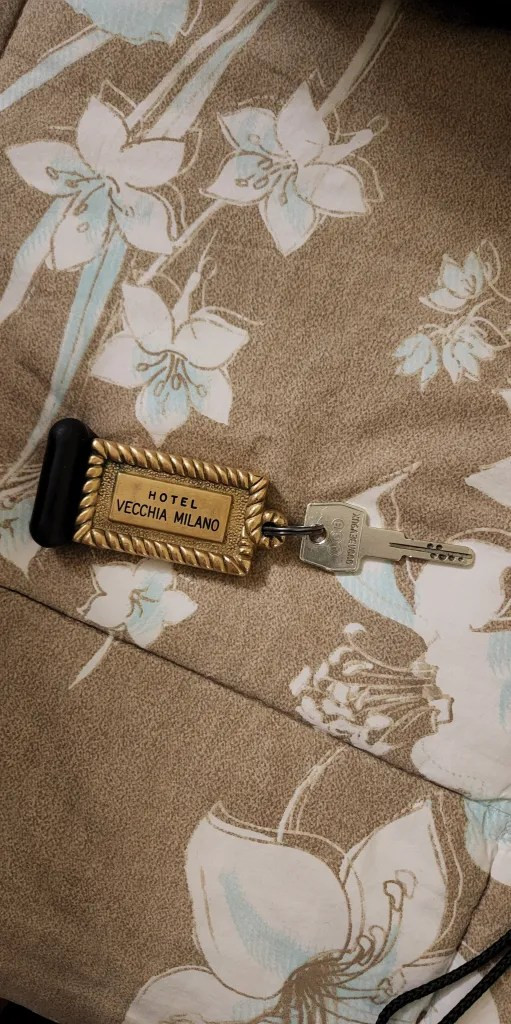 Hotel Vecchia Milano Key, representing a variety of accommodation options
Hotel Vecchia Milano Key, representing a variety of accommodation options
6.3. Sightseeing Tours
What are the benefits of booking a sightseeing tour with SIXT.VN? Explore Italy’s iconic landmarks with our guided sightseeing tours. Our knowledgeable guides will provide insights into the history and culture of each destination. We offer a variety of tour options to suit your interests, from walking tours to private tours.
6.4. Flight Booking
How can SIXT.VN help me find the best flight deals to Italy? SIXT.VN can help you find the best flight deals to Italy. We compare prices from multiple airlines to ensure you get the best possible rate. Our team can also assist with booking flights and managing your itinerary.
6.5. Hanoi Tours
Why should I consider a Hanoi tour with SIXT.VN as part of my Italian adventure? While your primary focus is Italy, consider adding a Hanoi tour with SIXT.VN to your travel plans. Hanoi offers a unique cultural experience that can complement your Italian adventure. Explore ancient temples, bustling markets, and delicious street food.
7. Frequently Asked Questions (FAQ)
7.1. What is the best time to visit Italy?
The best time to visit Italy is during the shoulder season (April-May and September-October) when the weather is pleasant, and the crowds are smaller.
7.2. How much does it cost to travel to Italy for 2 weeks?
A 2-week trip to Italy can range from $2,000 to $6,000+ per person, depending on your travel style and preferences.
7.3. What are the best ways to save money on my trip to Italy?
Travel during the off-season, book flights and accommodation in advance, utilize public transportation, eat like a local, and take advantage of free activities.
7.4. What are the must-see attractions in Italy?
The Colosseum, Vatican City, Uffizi Gallery, Leaning Tower of Pisa, and canals of Venice are among the must-see attractions in Italy.
7.5. What should I pack for a trip to Italy?
Pack comfortable walking shoes, versatile clothing items, a light jacket, a universal adapter, and any necessary medications.
7.6. Is it safe to drink tap water in Italy?
Yes, tap water is generally safe to drink in Italy, except in some areas where it may have a strong taste.
7.7. What is the currency used in Italy?
The currency used in Italy is the Euro (€).
7.8. Do I need a visa to travel to Italy?
Citizens of the United States, Canada, Australia, and the European Union do not need a visa to travel to Italy for tourism purposes for up to 90 days.
7.9. What is the best way to get around in Italy?
The best way to get around in Italy is by train, bus, or rental car, depending on your itinerary and preferences.
7.10. How much should I tip in Italy?
Tipping is not mandatory in Italy, but it is appreciated for good service (5-10%).
8. Ready to Plan Your Italian Adventure?
With careful planning and budgeting, a 2-week trip to Italy can be an unforgettable experience. Let SIXT.VN help you create the perfect itinerary, find the best deals on flights and accommodations, and provide personalized recommendations to suit your needs. Contact us today to start planning your Italian adventure!
Address: 260 Cau Giay, Hanoi, Vietnam
Hotline/Whatsapp: +84 986 244 358
Website: SIXT.VN
Let SIXT.VN be your trusted partner in planning your dream trip to Italy. We’re here to make your travel experience seamless, affordable, and unforgettable. Start your adventure today!



